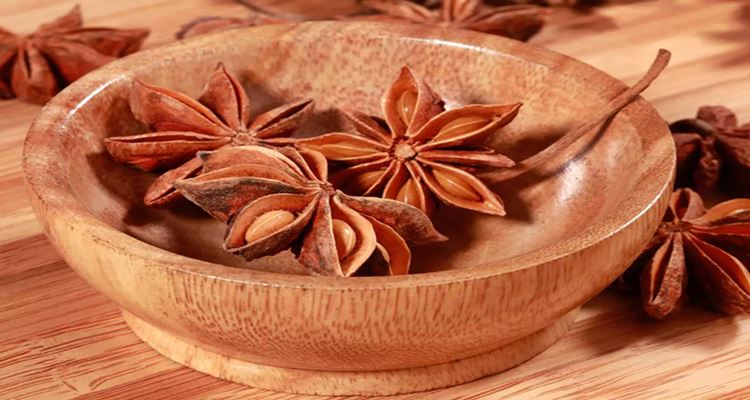STAR ANISE USES – A potent and delicious spice can lead to many amazing things and these are the many uses of this.
A product of an evergreen tree native to southern China is the famous and potent spice star anise. It has a powerful flavor – sweet and licorice-like. It is among the five-spice powder of China along with cloves, cinnamon, fennel, and Sichuan peppercorns.
Star Anise – What Is Star Anise and How To Use This?
Here are some things to know about star anise. Check them out below!
STAR ANISE – Illicium verum plant’s seed pod from the fruit is star anise, a famous spice used in many culinary dishes and here are some details about it.
Illicium verum plant is where the spice star anise has come from. It is shaped like a star, hence its name. As a spice, it is widely used for its distinct flavor but apart from this, it also has medicinal benefits.

This is present in many Chinese dishes and in Vietnam, the flavor coming from this makes the well-known soup pho. In Western uses, it is used to flavor liqueurs like absinthe, sambuca, and pastis. It is also present in some of their baked goods like cookies and cakes.
In Chinese, this spice is among the five major components of traditional Chinese five-spice powder. The others are cloves, Chinese cinnamon, Sichuan pepper, and fennel.
How is this star anise produced? It is picked from the plant just before it ripens and then dried in the sun until it turns deep brown or rust color.
What is this distinct flavor? It comes from anethol, the one that gives this spice its potent antifungal property. It has a similar taste to licorice, fennel seed, and clove – warm, sweet, and spicy.
How is this used in cooking? It depends. Whole pods may be simmered in sauces, marinades, and soups and then, these whole pods must be removed before serving the dish or soup. The ground, on the other hand, is easily used and added to different food.
According to an article from Healthline, it has powerful health-promoting compounds such as the following:
- Linalool
- Quercetin
- Anethole
- Shikimic acid
- Gallic acid
- Limonene
They all contribute to the antioxidant, anti-inflammatory, and antimicrobial properties of this particular spice.
READ ALSO:
What can you say about this? Let us know!

